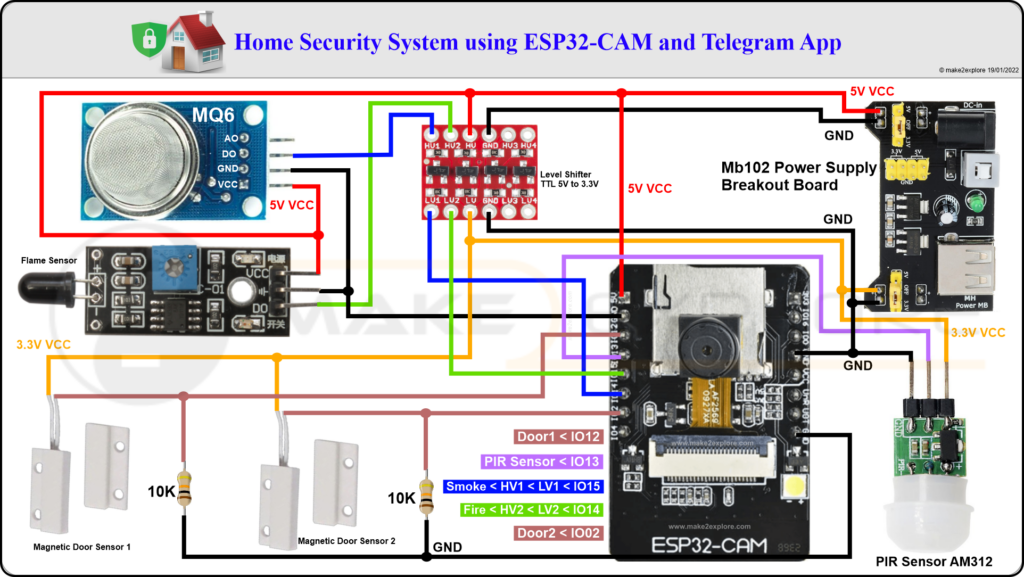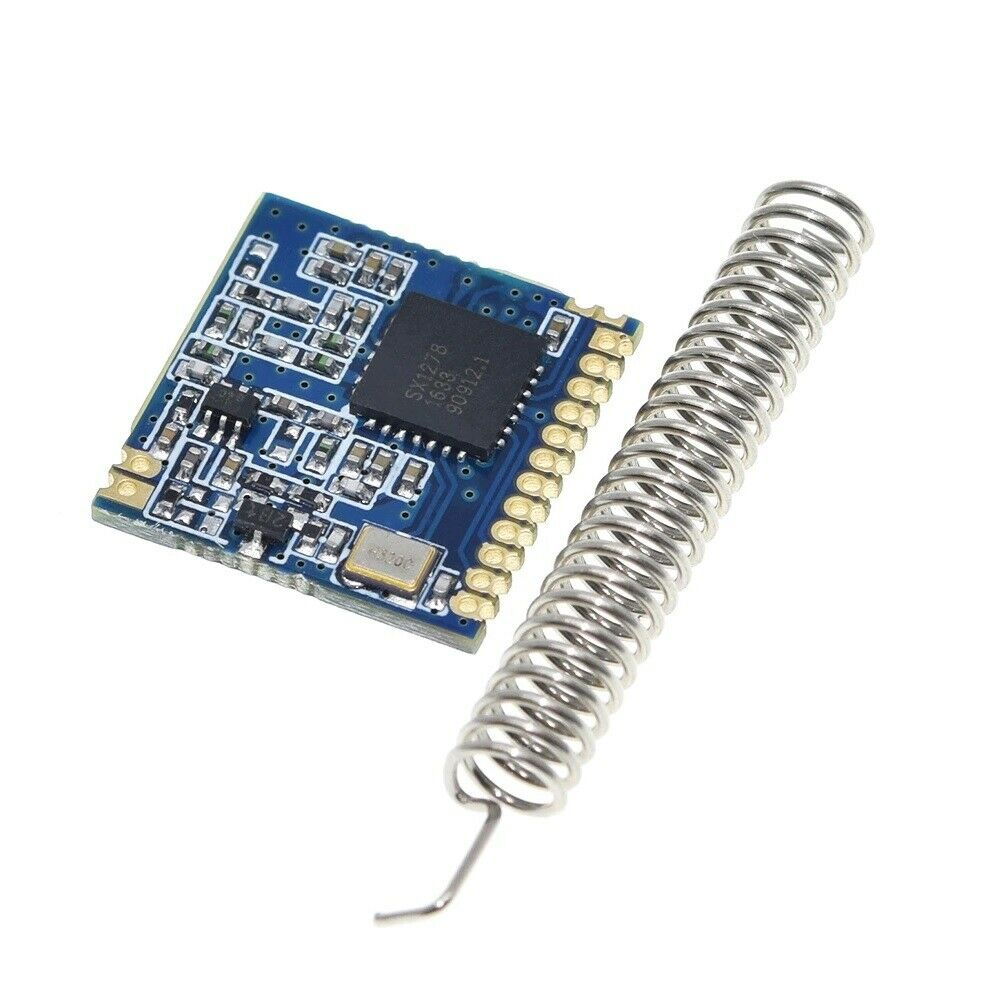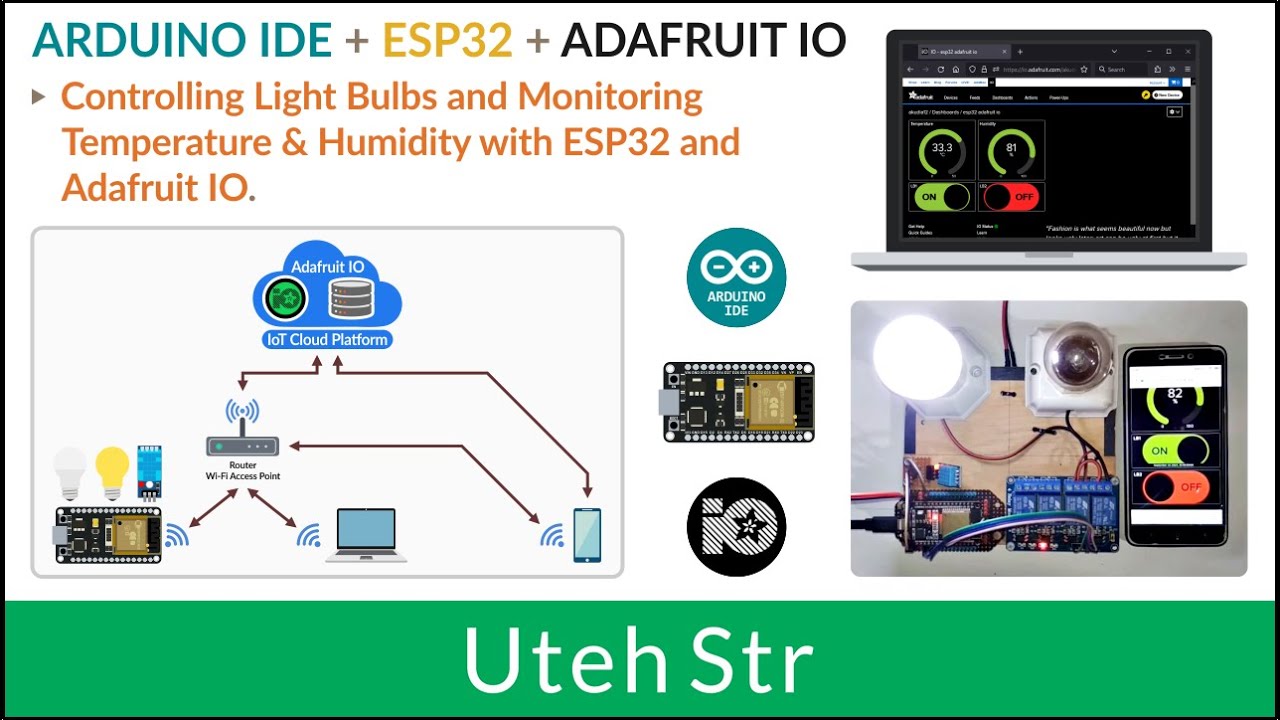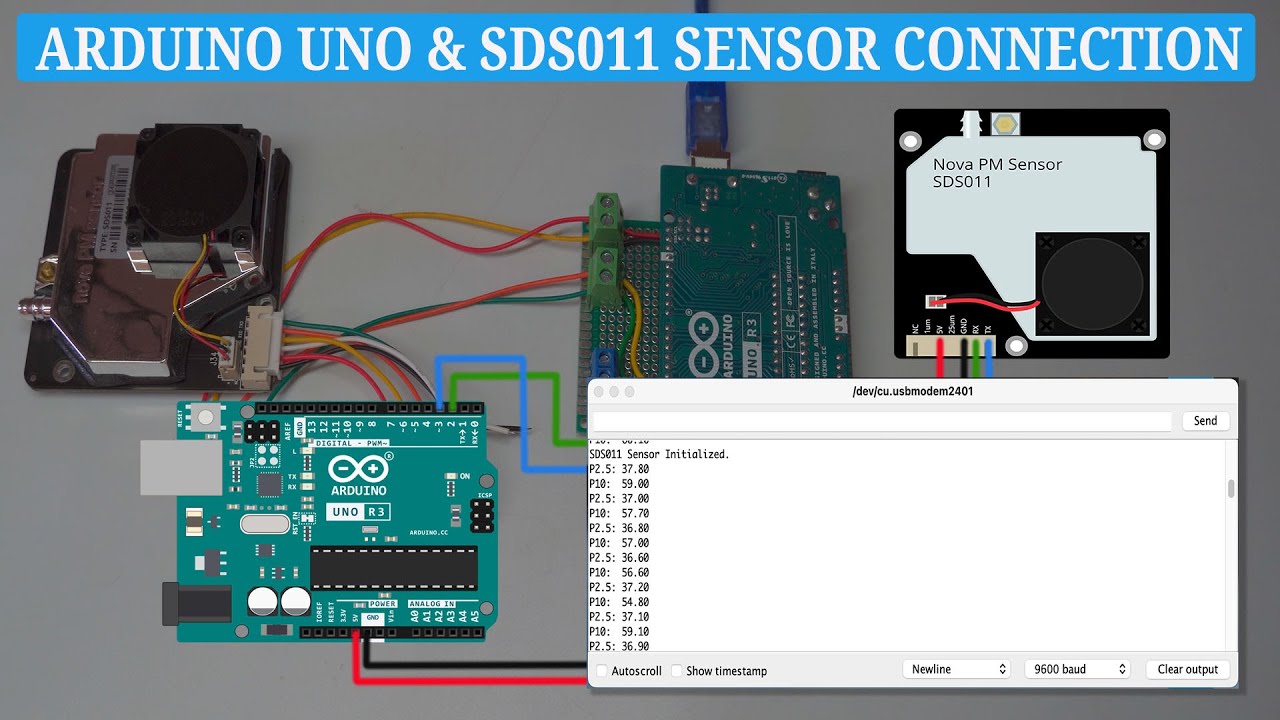How to Monitor Home Security with ESP32?
Home security is a top priority for many homeowners, and technology has made it easier than ever to monitor and protect your home. One popular device for home security is the ESP32, a powerful microcontroller that can be used to create a variety of security solutions. In this article, we will explore how you can use the ESP32 to monitor your home security system.
What is ESP32?
The ESP32 is a powerful and versatile microcontroller that is commonly used in IoT devices. It features built-in Wi-Fi and Bluetooth connectivity, making it ideal for projects that require wireless communication. The ESP32 also has a low power mode, which is perfect for battery-powered devices. Its dual-core processor and ample memory make it capable of handling complex tasks, making it an excellent choice for home security applications.
Setting up the ESP32 for Home Security
Before you can start monitoring your home security with the ESP32, you will need to set up the device. To do this, you will need an ESP32 development board, a micro USB cable, and the Arduino IDE. The Arduino IDE is an integrated development environment that allows you to write and upload code to the ESP32. Once you have all the necessary materials, follow these steps to set up your ESP32 for home security:
- Connect the ESP32 development board to your computer using the micro USB cable.
- Open the Arduino IDE and go to Tools > Board and select your ESP32 board from the list.
- Go to Tools > Port and select the port that the ESP32 is connected to.
- Install the necessary libraries for the ESP32 by going to Sketch > Include Library > Manage Libraries and searching for the libraries you need.
Once you have completed these steps, your ESP32 will be ready to use for monitoring your home security system.
Developing a Home Security System with ESP32
Now that your ESP32 is set up, it is time to develop your home security system. There are many ways you can use the ESP32 to monitor and protect your home, such as:
- Creating a motion detection system that sends an alert to your phone when motion is detected.
- Building a door sensor that notifies you when a door is opened or closed.
- Setting up a camera system that allows you to monitor your home remotely.
To develop your home security system, you will need to write code that tells the ESP32 how to respond to different events, such as motion detection or door sensor triggers. You can find example code and tutorials online to help you get started with your home security project.
Monitoring Your Home Security System
Once you have developed your home security system with the ESP32, you can start monitoring your home from anywhere. You can receive alerts on your phone when an event is detected, such as motion or a door sensor trigger. You can also monitor live camera feeds from your home to ensure everything is secure. The ESP32’s Wi-Fi connectivity allows you to access your home security system remotely, giving you peace of mind when you are away from home.
Conclusion
The ESP32 is a powerful tool for monitoring home security, allowing you to create custom solutions tailored to your specific needs. By following the steps outlined in this article, you can set up and develop a home security system that gives you peace of mind and helps protect your home. With the ESP32, the possibilities for home security are endless.
How to Monitor Home Security with ESP32?
Home security is a top priority for many homeowners, and technology has made it easier than ever to monitor and protect your home. One popular device for home security is the ESP32, a powerful microcontroller that can be used to create a variety of security solutions. In this article, we will explore how you can use the ESP32 to monitor your home security system.
What is ESP32?
The ESP32 is a powerful and versatile microcontroller that is commonly used in IoT devices. It features built-in Wi-Fi and Bluetooth connectivity, making it ideal for projects that require wireless communication. The ESP32 also has a low power mode, which is perfect for battery-powered devices. Its dual-core processor and ample memory make it capable of handling complex tasks, making it an excellent choice for home security applications.
Setting up the ESP32 for Home Security
Before you can start monitoring your home security with the ESP32, you will need to set up the device. To do this, you will need an ESP32 development board, a micro USB cable, and the Arduino IDE. The Arduino IDE is an integrated development environment that allows you to write and upload code to the ESP32. Once you have all the necessary materials, follow these steps to set up your ESP32 for home security:
- Connect the ESP32 development board to your computer using the micro USB cable.
- Open the Arduino IDE and go to Tools > Board and select your ESP32 board from the list.
- Go to Tools > Port and select the port that the ESP32 is connected to.
- Install the necessary libraries for the ESP32 by going to Sketch > Include Library > Manage Libraries and searching for the libraries you need.
Once you have completed these steps, your ESP32 will be ready to use for monitoring your home security system.
Developing a Home Security System with ESP32
Now that your ESP32 is set up, it is time to develop your home security system. There are many ways you can use the ESP32 to monitor and protect your home, such as:
- Creating a motion detection system that sends an alert to your phone when motion is detected.
- Building a door sensor that notifies you when a door is opened or closed.
- Setting up a camera system that allows you to monitor your home remotely.
To develop your home security system, you will need to write code that tells the ESP32 how to respond to different events, such as motion detection or door sensor triggers. You can find example code and tutorials online to help you get started with your home security project.
Monitoring Your Home Security System
Once you have developed your home security system with the ESP32, you can start monitoring your home from anywhere. You can receive alerts on your phone when an event is detected, such as motion or a door sensor trigger. You can also monitor live camera feeds from your home to ensure everything is secure. The ESP32’s Wi-Fi connectivity allows you to access your home security system remotely, giving you peace of mind when you are away from home.
Conclusion
The ESP32 is a powerful tool for monitoring home security, allowing you to create custom solutions tailored to your specific needs. By following the steps outlined in this article, you can set up and develop a home security system that gives you peace of mind and helps protect your home. With the ESP32, the possibilities for home security are endless.



